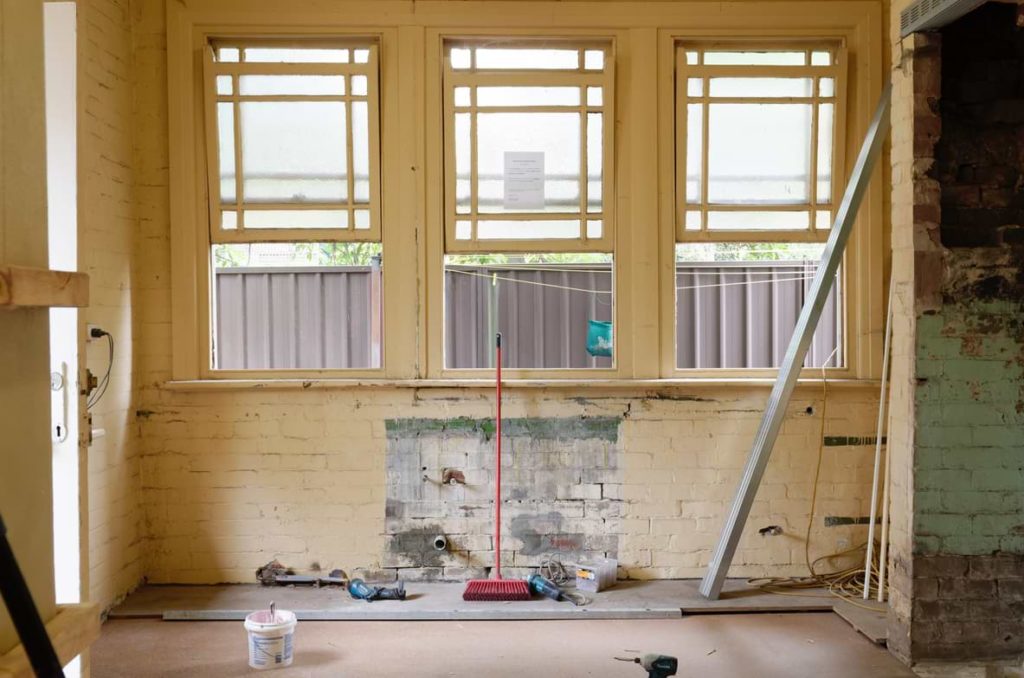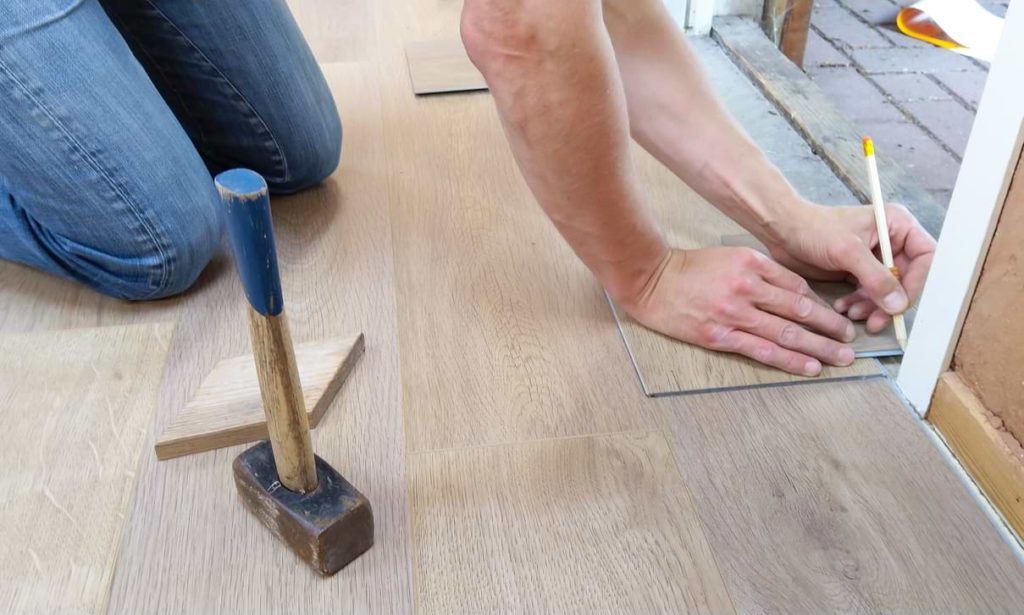On paper, flipping a house seems easy enough for any investor. The concept, after all, is pretty straightforward: buy a property, fix it up and make it look amazing, and collect a profit. Throughout the country, flipping has become popular over the years as well. In the first quarter of 2019, the home flipping rate reached a nine-year high, translating to over 49,000 homes. Add television shows featuring house flipping, and you have a large chunk of the population wanting in on this investment vehicle.
But as with businesses and investments, flipping a house is not as easy as the shows make it seem. To pull off a successful flip, an investor needs three key things:
The Money

First things first, real estate is expensive. The upfront cost alone in acquiring a property could easily breach hundreds of thousands of dollars. Sure, there are financing claims where you don’t have to put money down (or only a minimal amount), it’s challenging to find a great deal on these. Plus, if you intend to finance the property that you will flip, you will be paying interest, so that’s an added cost.
When you finally purchase a property, the expenses do not end there. You will have to talk to foundation contractors and remodelers about how much you need for repairs and renovations, for instance. Living expenses are also part of it all, with utilities, real estate taxes, and other costs coming into play.
Flipping a house can net you a decent profit, but you have to be in a financially sound position to take on the risk of this investment.
The Property
Just because a house is priced very low on the market does it make it viable for a flip. You can’t merely throw money at any property and hope it earns you a profit. There is a need to scout for a house or a condo unit that is in a desirable location, requires minimal repairs, and ultimately, marketable and profitable. Patience is critical in finding the right property from foreclosure listings, websites, brokers, and other sources before signing a deal.
The Savvy

What makes flipping houses worth it is the sweat equity that investors put in. That said, this venture can be time-consuming as well as time-reliant. The moment you purchase a property, you are on the clock to put it back on the market as soon as the improvements are made. Every day that you remain the owner of that house, you are shouldering its costs. All this time and commitment that you put in requires a level of savvy about how the markets work and how you can make money out of it.
While flipping a house is simple, it is risky in its own right. It has to be done correctly for it to be a fruitful investment vehicle. But of course, with the right amount of money, the right kind of property, and the right level of savvy, investors can certainly pull it off and be a bit wealthier from it.


